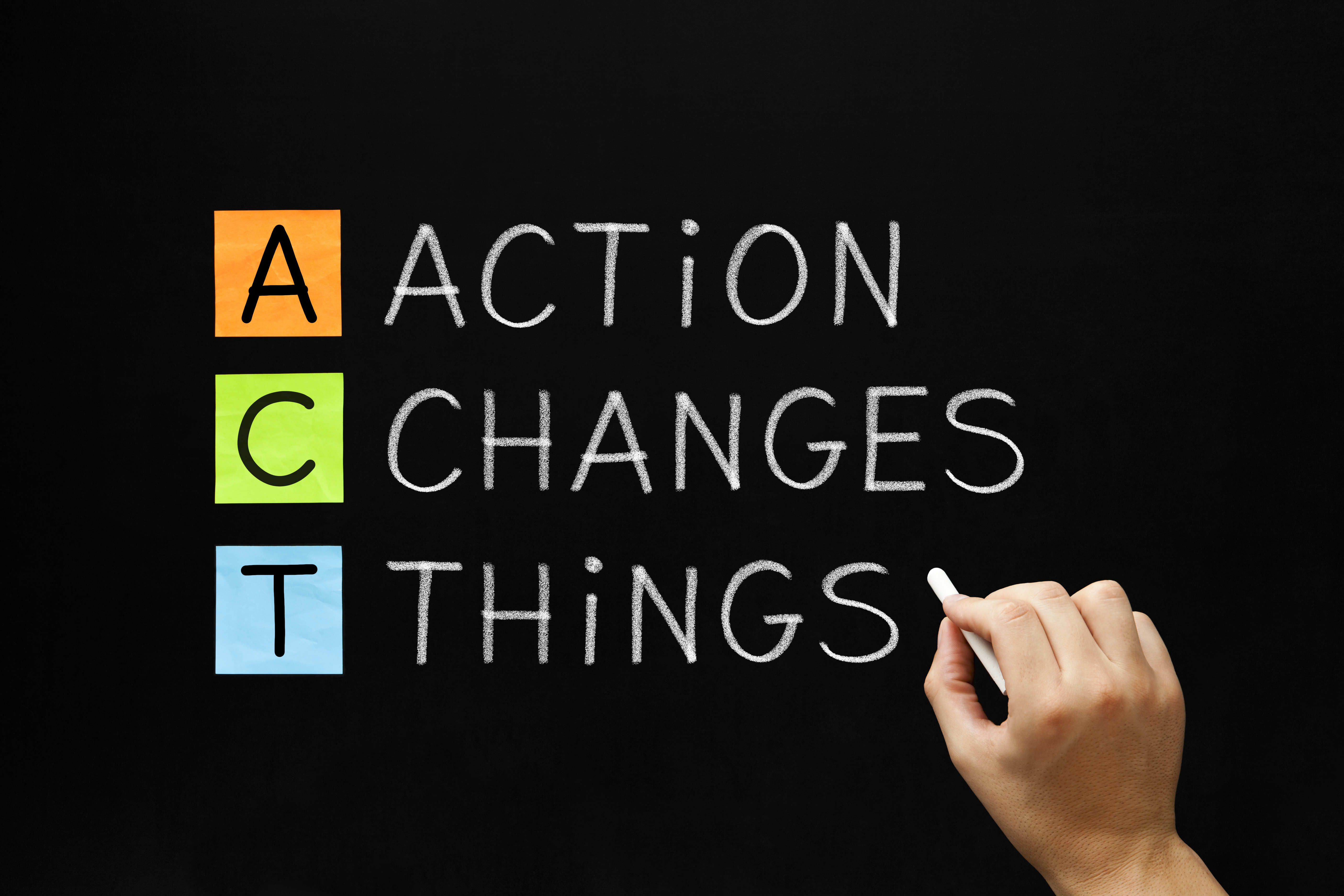16 Days of Action
Domestic violence is an issue that affects us all. You might have even experienced it firsthand yourself. Or maybe you have a friend, a family member, or a co-worker who has been in an abusive relationship. There’s also a chance that someone you know has experienced violence at the hand of a partner, but you’re not even aware of it. Domestic violence is far-reaching and the emotional, physical and financial implications can be long-lasting.
From November 25th to December 10th, we’re joining in the 16 Days of Action to help end domestic violence. Each day, we’ll outline a different action that we can all take in the workplace to help reduce this worldwide issue. These actions will help keep everyone more informed and better equipped to respond to domestic violence, especially in the workplace.
Why 16 days? These dates, spanning from November 25th to December 10th, encompass five major events. The purpose is to raise awareness on the connection between violence against women and human rights.

Why 16 days? These dates, spanning from November 25th to December 10th, encompass five major events. The purpose is to raise awareness on the connection between violence against women and human rights.
November 25 - International Day for Elimination of Violence Against Women
November 29 - International Human Rights Defenders Day
December 1 - World Aids Day
December 6 - The National Day of Remembrance and Action on Violence Against Women (White Ribbon Day) and The Anniversary of the Montreal École Polytechnique Massacre
December 10 - World Human Rights Day
Many women suffering from domestic violence are also targeted at work by their abusers.
These 16 actionable tips are helpful for everyone to know. Even the simplest of actions can make a huge difference in someone’s life.
- Honour International Day for Elimination of Violence Against Women. Let everyone know that you support women’s rights and human rights. Take time to talk about the important day and ensure everyone knows domestic violence is not tolerated.
- Develop a domestic violence policy at work. Make sure there is a good supportive policy to help victims. Place signs around the workplace so that employees know where to seek help and what resources are available to them and their co-workers. Businesses must be pro-active in knowing how to intervene and by having policies in place.
- Train staff. Ensure that all employees are trained on warning signs as well as procedures for the prevention of workplace violence and how to deal with any situations. MIOB offers various training options, including a free training program. Don’t forget to provide specific training to any security staff.
- Offer paid leave. Domestic violence costs businesses and economies millions of dollars each year. Money is lost in time, productivity and medical care. Offering necessary paid leave to workers experiencing domestic violence can make a vital difference in their lives by providing them with economic freedom and can be crucial in helping them leave those relationships.
- Put together a safety plan. Every workplace should have a safety plan in place to deal with incidents of domestic violence and help keep victims safe.
- Find out what supplies your local women’s shelter needs. Start a donation box at work and let everyone know what items are needed so they can also donate.
- Use social media. Use your business’s social media presence to help end domestic violence. Tweet it, post a link to an article on Facebook or use Instagram to spread the message that the 16 Days campaign is working on. If your workplace has an active blog, use the platform to make your voice heard and educate others. Make sure you also check out the MIOB blog for tons of relevant content to share.
- Offer a Listening Ear: If you have a co-worker or employee who is in abusive relationship and wants to talk, let him or know that you are available to listen, with no judgement. Many people being abused are afraid to talk and feel isolated and belittled. Having someone to talk to and call if there is ever an urgent situation is so important. If you’re an employer, we have some helpful tips on how to help an employee who is being abused.

- If you work with someone you think might be in an abusive relationship, do something. Check out tips for helping a co-worker who is being abused
- Have a See It, Name It, Check It conversation. The SNCIt Framework is an incredibly helpful resource. If you’re worried that you someone you know is experiencing domestic violence, you can contact the police, a domestic violence helpline, or if it’s an urgent situation, call 911 or your local emergency services.
- Create a healthy, safe and peaceful workplace. Read up on all the ways you can help make your workplace a healthy and safe environment for everyone, as well as how you can create a peaceful workplace.
- Talk about it. This month and every month, we need to talk about domestic violence. Keep the issue at the forefront. Have conversations with the men in your life as well as the women.

- Volunteer as a team. Find out if your local domestic violence or sexual assault centre is in need of volunteers or resources for any specific event. Gather a workplace team together to help out and show your support.
- Help Combat Victim Blaming. If you hear someone victim blaming or a rape joke, don’t just ignore it. The “boys will be boys” excuse needs to be challenged by everyone. Call out any employees or co-workers you hear defending this sort of talk or attitudes and let them know that is not acceptable.
- Learn the warning signs and risk factors of domestic violence. Being aware of typical signs of domestic violence in the workplace keeps you informed and better prepared to act should you ever believe someone you know is being abused.
- Share Resources: Print off information or tips as well as these FREE visual tools and share them with your workplace, community organizations, or even in public places like libraries, schools and more to help educate the community.






